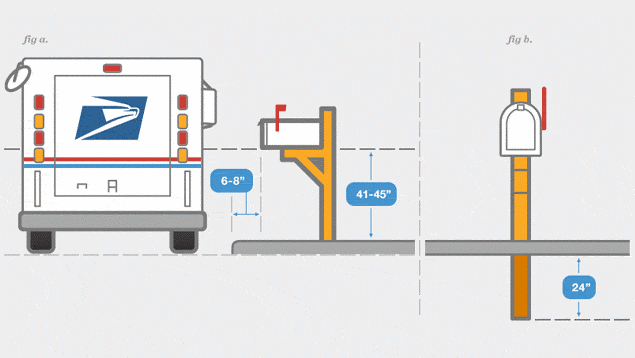Understanding the US Postal Service Mail System
The US Postal Service handles billions of mail pieces every year. There is a clearly defined system for prioritizing and processing different types of mail to ensure timely and efficient delivery. Let’s take a deeper look at the categories of mail and sorting process.
First Class Mail Takes Priority
First class mail includes letters, postcards, and packages weighing less than 13 ounces that have pre-paid postage affixed. These mailpieces require expedited handling and delivery. They must be transported and delivered as quickly as logistically possible based on distance. If a first class piece cannot be delivered within 8 trucking hours between processing facilities, it is considered late and flown to its destination to speed up delivery.

** Magazines and Periodicals Compose Second Class**
Second class mail refers specifically to magazines, newspapers, and other periodical publications. While not quite as time-sensitive as first class, these content items still need to reach subscribers on a regular delivery schedule. Second class mail will be prioritized for processing and transportation ahead of other mail classes if volume allows. However, it can be delayed if operational capacity is overwhelmed.
Advertisements and Bulk Mail Come Third and Fourth
The third and fourth mail classes encompass advertising, direct mail, and other bulk business mailpieces. These items do not have the same delivery commitments as first and second class. Third and fourth class mail will be sorted and routed for delivery after higher priority mail classes if clerks or trucks have remaining capacity. Senders can pay additional postage for forwarding or return services not automatically provided for these mail classes.
Color-Coded Sacks Facilitate Separation
To efficiently process the different mail classes, postal facilities use color-coded sacks corresponding to each category. Clerks first empty first class mail sacks onto sorting belts and machines to expedite that mail for dispatch. They then handle any second class periodicals. Lastly, all third and fourth class bulk mailpieces are combined and sorted as capacity allows. Although separate lines or machines are unnecessary, the sack colors provide a visual system for keeping item types organized.
Carriers Can Consolidate for Delivery
Once sorted mail has reached the delivery unit, letter carriers are responsible for the “last mile.” They load all mail classes onto their trucks for street delivery all together. While processing emphasizes priority separation, actual handoff to customers does not further distinguish mail class unless forwarding/return services were requested by the sender. On delivery day, recipients receive a consolidated mix of first through fourth class mail.
Address Changes Require Special Handling
When a customer submits a forwarding address to the postal service notifying of a move, this information is stored in the national change of address database. For up to twelve months, any first or second class mailpieces sent to the old address can be automatically forwarded to the new location free of additional charge. However, third and fourth class mail does not forward unless the sender actively pays for and requests this service on the mailpiece through specific postal endorsements. Unforwardable bulk mail will be returned to sender instead.
Mail Volume Surges Dictate Flexibility
During seasonal peaks and unexpected rises in mail volume, the postal service may need to modify standard processing procedures temporarily to adapt. If quantities overwhelm capacity, second class mail sorting could see delays until first class is cleared. Transporting non-local first class mail via air transportation takes highest priority to avoid service failures. Maintaining delivery service in the face of surges in mail volume requires flexibility within the general framework of mail class priorities.
Understanding the System Benefits All
Having visibility into how different mail classes flow through postal facilities and then to recipients’ mailboxes empowers both mailers and customers to leverage the system strategically. Senders can make informed decisions about postage payments and which classes suit their communication needs best. Individuals also know what to expect regarding mail forwarding entitlements when moving. Overall, greater comprehension of this intricate operation helps all stakeholders work smoothly with the USPS.
